“Oh, my goodness. That’s terrifying. Where do I sign up? I absolutely want this!”
Paula’s reaction to one of these AI marketing tools. (Actually, to several of them, to be honest.)
AI, or artificial intelligence, machine learning, and other “creepy” technology has changed the way we do many things in our daily life.
They also change the way we do marketing!
Some of these tools we’ve used for years, others we discovered for the first time researching this episode. And we’re glad we did!
[embedyt] https://www.youtube.com/watch?v=tUVXZ0ZCk58[/embedyt]
Paula Williams: Welcome to this week’s episode. I’m Paula Williams.
John Williams: I’m John Williams.
Paula: And we are ABCI, and ABCI’s mission is:
John: To help all you ladies and gentlemen out there in the aviation world sell more of your products and services.
Paula: Absolutely. This week we’re talking about 10 creepy AI and or machine learning tools for Aviation Marketing and Sales.
John: Yeah.
Paula: I think John’s a little more creeped out than I am by some of these.
John: Depends on which side of the program you’re on this part. Marketing, right as far as the individual is not so much.
Paula: There you go. Why are we calling this “creepy technology”?
John: Because it’s invasive.
Paula: That’s true. And there have been some documentaries that we watched recently. What was it called? The creepy line?
John: That creepy line.
Paula: About Google and some of the information that they collect about people and some of the power that they have because of the information that they collect and the way that they use it, right?
John: Yes. It’s scary crazy. It says they get seventy percent of the U.S. search results, they can manipulate what people think and the program explains to you how that happens.
Paula: Right. It’s actually a really good documentary and we highly recommend it for the consumer side of all of this and we highly recommend that people take whatever precautions you must. With your own identity and your own privacy and everything else and so on so forth.
And we have another episode where we talked about how you have layers of information about yourself like an onion, there are some things on the very inside like your social security number your bank account numbers things like that, that you don’t want to have outside of a certain perimeter and there are things on the very outside that you actually want people to know and there are several layers between the outside and the inside, right?
John: Some people want some people don’t know the outside but not everybody wants everybody to know what’s on the outside.
Paula: If you’re in sales or marketing there is something that you’re trying to communicate or you wouldn’t be in this business.
John: Nonetheless.
Paula: There is an outer layer of the onion.
John: There’s not an everything all to the outer layer.
Paula: For everybody who is listening to this podcast because they are a sales or marketing professional most likely, right?

So this likes every other superpower can be used for good or evil. The whole paradigm of Tony Stark or Iron Man is, is he trying to sell weapons to anybody who will buy them? Is he the arms dealer? Or is he the good guy? Kind of the narrative flow of that whole set of movies is, is he good or bad? And I think the truth of every one of us is that there is so much good in the worst of us and so much bad and the best of us. But it’s hard to know which of us.
John: Harder to find the rest of us.
Paula: Are we be requiring the rest of us. That is something I learned from Golden Barrett a million years ago and back in another life.
John: That’s a quote from somebody I don’t remember where it’s from. But, I will tell you.
Paula: Exactly. The caveat to this entire episode is to do good not evil and the more powerful you become, this is actually CS Lewis. This is a really good story. His situation is, a fish can be neither good nor evil. It just is a fish. It does its thing, right?
John: Mmm-hmm.
Paula: A cow can’t be very good or very evil. There’s a limited range of things that it can do. A dog can be better or worse than a cow. Because it has more intelligence, more resources, more access to people. A child can be better or worse than a dog. Because it has more intelligence, more access to resources, opposable thumbs, things like that.
John: You’re saying all this to say, what?
Paula: Average person going in there an average person can be even more good or more evil than a dog, or even more good or more evil than a child. A super-genius that is super-wealthy like Tony Stark can be very very good or very very evil. The more tools and weapons and resources and everything else that you have at your command the better or worst person you can be.
John: You don’t want to use any of these tools or weapons but you could.
Paula: Exactly. That’s basically the cautionary tale of all of this is that all of these things could be used for good or evil. And they are accessible by anybody with $29.99 a month, pretty much, right? Most of these are paid tools some of them have free versions and we’ll talk about some of those and give you links and things as we go through, right?
The first one is Leadfeeder. This is one of my favorites we use this every week and this is for identifying visitors to your website. Most of the people that come to your website aren’t going to fill out a form and they’re not going to pick up the phone and call you. They’re just doing research but it is good for you to know who visited your website.
John: Exactly.
Paula: What this does is it gives us alerts and it also gives us reports. And we can also go into the software and see who’s visited our website not by the person necessarily but by the company and this becomes important later because we’re going to talk about some things that take this one more step. We know that someone from Boeing visited our website on Wednesday and they visited these three pages and they spent 8 minutes and 43 seconds looking at these particular topics. And that is really good information for me even if I don’t necessarily know who in Boeing it was.
John: Right. Because you know what they’re looking at and what you’ve written and what you’re trying to say in the article and therefore, you know what they’re looking for.
Paula: Right. And that also helps me make some good decisions about which of our articles are getting the best response from the kind of people that we want to be doing business with.
John: And a precursor to a sales call.
Paula: Exactly. Great information and it feeds into some other tools like LinkedIn, Salesforce, and so on. There are some Integrations within this that are really cool. All right. I love this one. I use it all the time, good or evil, could go either way, but I think I use it for good.
John: You could really frost somebody because if you’ve watched this thing it’s interactive. It updates while you watch all you can. And you can see somebody that you maybe don’t know. But then, you’ve through a process she knows you can go and figure out. Two or three people who may have done this at that company and just call, say, “Hey, I noticed you visited my website today”. And I’ll say, “WTF. How did you know that”.
Paula: Great! “And you spent three minutes and 25 seconds on this page”. Generally speaking, when I am using this tool, I don’t let people know how much I know about what they did or didn’t do on our website and so on. It’s just good information for me to use in the background. Great tool. It is part of our marketing lab. We set it up for each of our clients and teach them how to use it in their office hours and so on. We like this one a whole lot. Next.
SEMRush is another one from our Marketing Lab that we use for all of our clients and we teach them how to use it and so on, and that is how to research markets. It is helpful to know how many people are looking for Flight Training in a Cirrus versus Flight Training in a Cessna as an example. If one is significantly more or less than the other and you are a flight school that is considering adding another aircraft to your flight line, that is good information to know. How do you get that information?
John: I’m sure you’re going to tell me.
Paula: Right. By using Semrush and this is connected to Google. Once again that one of the biggest repositories of information the world has ever seen. I don’t think that’s an exaggeration.
John: The only competitor that would be Facebook.
Paula: And I think Google dwarfs Facebook in terms of the sheer amount of information that they correct. How many people on this planet have typed “Flight Training” in a Cirrus versus Flight Training in a Cessna. That is information that you can get using this tool. It gives you competitive intelligence. It gives you the Google search data in a form that is actually useful. Right? The problem with a lot of data sources like Google or like the FAA database or a lot of different things is that there’s just so much data there that it’s not even usable.
You can’t even download the FAA Database to the average computer anymore because there’s just too much data. That’s why we use services like Airpack or Jetnet or there are several others, but Semrush does the same thing except instead of using the FAA database they use Google’s database. It’s kind of exciting in an eerily villainous sort of way because once again, you can get some really good insights into your competitors and some really good insights into particular marketing questions and answers based on how many people are searching in Google. And how many visits your competitors are getting. A lot of different things that this tool can give you that are creepy but cool.
John: Right?
Paula: Next one. Mattermark. This is a really cool one for business-to-business. Once again, you know that Boeing has visited your website from Lee Feeder or some other tool or you want to do business with Boeing let’s say. The big company lots of stuff going on there, lots of people moving, lots of people coming and going, people getting promoted, a lot of internal craziness going on at any big company, right?
John: Keep going.
Paula: What Mattermark does is, it gives you the internal data from that company based on their annual reports and other public data that will help you identify. These are the contacts that I want to get: Whose new at their job, who’s been there for less than a year, who is in these particular roles, how much did the company make last year, what are all their SEC filings, how do I interact with this company, what are some opportunities that I might have to decide if this would be a good company to press to work with.
John: They were just public companies, right?
Paula: Nope. They have private companies as well. Where they get their data on private companies is all public sources. So their websites anything that they’ve filed as far as request for proposals other kinds of things any public information.
John: They spider the world.
Paula: They spider the world.
John: Right.
Paula: And provide that kind of front end into corporate data or business data. That is a cool one.

This one is a little bit more specific and this is if you are looking for a particular person. You go to Hunter, right? And I think it’s Hunter.io. I’ll put the links for all of these in the blog post for this episode. You got a hunter and you type in “Aviation Business Consultants” and you will get John’s email and my email. And anybody else who’s ever worked with us probably. If you have the premium version. But even with the free version, you can pretty much get who are the contacts at this company and what are their positions and how do I get in touch with them, and what is their contact information. And it takes it from any number of sources linked in the website, corporate data, any filings that you have with the state, or anything else. Cool?
John: Interesting.
Paula: Kicked out yet?
John: I didn’t know about that one.
Paula: You’ve already always been creeped out. These are just some interesting more fun ways to do it.
Prospect.io. This is a way to send coldish messages to prospects. It goes a little bit deeper than hunter in the sense that, let’s say, I want to do business with Boeing. And Prospect.io will help me not only find the people that I want to do business with that Boeing. It will also help me send messages to them using text messages, email, multi-platforms, any number of different electronic means and also keep track of their responses. I do this by hand or I’ve always done this by hand where I have people that I’ve connected with on MailChimp as an example or via regular plain old email or via a LinkedIn message and each of those things I have to check separately, right? Prospect.io lets you kind of have a dashboard to pour all of that and keep track of all of those comings and goings of, did you send it? Did they open it? Did they respond? Did you respond to that? What’s the next step and so on. I’m not going to say CRM because that’s not really its function. It’s more of a messaging dashboard platform. Right?
John: Like the Slack on steroids.
Paula: Not really because Slacks is opt-in. You can only send messages to and from people who have opted into Slack.
John: This is not?
Paula: This is not. This uses their existing platform. If they’re on text or if they’re on LinkedIn or if they’re on email, it uses their existing platforms to connect to your single dashboard. One ring to rule them. Quota, The Hobbit. I’ll be Lord of the Rings, J.R.R. Tolkien.
Datanyze. This is a little bit different in the sense that it’s a Chrome extension that uses Google data. Basically, if you are surfing the web using the Datanyze extension, it will give you little pop-ups for everything that you see. Do you want more data on this company? Do you want more data on this person? Just click it, it pops more data. This saves a lot of time for you as a salesperson if you’re doing research on a company or on a person.
John: I can see that.
Paula: This is a cool one. BeFunky is actually an AI image enhancer. There are some automatic filters, Adobe Illustrator as an example that are pretty close to AI and maybe are using AI that this one actually claims to use AI as well.
John: They do steganography as well?
Paula: I don’t know what that is.
John: That’s when you encrypt messages into pictures.
Paula: No, that’s not what this is for. Some of the filters and things in Adobe Illustrator as an example will make a photo look better. Some of the automatic settings and things like that. You just click a button and your picture looks a thousand times better than it did before. And you have no idea what it did and you really don’t care. right? This is not for professional photographers. This is for those of the rest of us who are using images for advertising and we want to make them as attractive as possible. This runs on algorithms to decide. What are the best images? How are they performing on different platforms?
And how can I make this image more attractive on Google or on Instagram or on anything else? And how can I make it bright in the right places and dim in the right places and sharper or blurry or whatever I need to do to make this more likely for people to click on it or more likely for people to interact with it?
John: This one isn’t too bad.
Paula: It’s just trying to make things more attractive. Is that evil?
John: Depends on what’s behind the scenes.
Paula: Exactly. Suppose if you were using this on a dating app, it would be potentially evil. If you’re using this to make an aircraft more attractive or an aircraft part more attractive. The photo is still technically probably fairly accurate, but it just changed the lighting and the coloring a little bit, and that kind of thing.
This drives me crazy because I buy shirts for John from catalogs or from a website, from an online source, an online catalog. And I think they look great on the screen and then they come in the mail and it’s really dark and it’s like, “did I order that”? Okay. Sometimes it’s cool and sometimes it’s not but the point being photos are not always what they appear to be and this is one of the reasons why. Okay?
John: Okay.
Paula: Copysmith should make your blood run cold if you are a copywriter. John and I actually when we first met, John’s boss told him, “here, use this copywriter, use this writer on your project”, and he said, “I don’t need no stinking writer. I don’t get enough writer myself. I don’t darn fine job of writing”.
John: The reason there is in my previous experiences, anytime I had a copywriter and do something or tech writer I just looked at it shook my head had to rewrite it anyway, so what was the purpose?
Paula: You had to start all over anyway, so any hope that anybody tried to give you is just slowing you down.
John: In her case, she actually did the research and figured it out, and made it work.
Paula: Thank you. I consider myself a pretty decent writer.
John: Like this.
Paula: Exactly. I consider myself a pretty decent writer and when we first got into Aviation Marketing our intention was to do copywriting in the aviation industry not necessarily marketing. We ended up going that direction because nobody knew what copywriting was and it just wasn’t enough of a market. Everybody needed marketing to support the copywriting. That’s what we did and that’s how our company evolves.
This is something that I’m actually really impressed with. I run a couple of tests on it and it comes up with some pretty decent copy. And the reason that this is important is because of two things: one is speed and the other is that we have the time we’re writing for people half the time we’re writing for machines. Most of the time a machine sees what we write before human being does. Especially if we’re writing it for the internet. If we’re writing a web page then Google is going to make a judgment based on how readable is this web page. Where should I place it in the list of materials? How much importance should I give it?
John: The machine decides if it’s more readable than a human being decides.
Paula: Mmm-hmm. Well, the machine decides how well is it going to do in a search engine and the machine can do a better job of that than a human can.
John: On a search engine, that does not mean it’s going to be readable by a person.
Paula: And it also does AI based on the history of social media. Of all of the links that have ever been submitted to Instagram about this topic, how did the best ones perform, and what words and phrases do those use as opposed to other words and phrases? It will suggest different things. Basically, I put in some copy the more you put in, the better.
John: And this?
Paula: And then say, “I want 10 Instagram posts”, and it will generate 10 Instagram posts that are all different and it takes about 15 seconds to do it. It creates variations and it also gives you a lot of material and these days in marketing, we do a thing called A/B testing. I’m sure you probably heard of this. But the more testing you do and the more variations of an ad that you have out there the better results you’re going to get. Especially if you’re using an automatic system like Google ads or Facebook ads or something like that that is going to optimize for which of these is performing better. If you got 10 variations out there, are going to quickly find out which is the best of the 10 variations. And that’s basically taking advantage of the same kind of thing.
Jessica Wang, the inventor of this is actually pretty fascinating. If you read her story she’s a Microsoft research fellow who was in charge of marketing Microsoft products and had to write all of this copy and all of these product descriptions and everything else and she got really tired of doing it. And of course, having an engineering background and working with all of these software people and AI people she said, “you know what? There’s got to be an easier way to do this”. And so that’s why she came up with this and I’m both terrified and impressed by this thing. So this is probably my favorite of the whole list right now, but the others are equally impressive and there’s a tool for every job, right?
John: Mmm-hmm.
Paula: The LinkedIn Sales Navigator. This is something that if you are a LinkedIn nerd already, I recommend it. If you are not into LinkedIn then it’s probably not for you. If you already have a number of connections and you already have a pretty good profile and maybe you’ve gone through our Executive Coaching Program or something like that, we’ve done an analysis for you and tuned up your profile. Then this is going to work better because what it does is it basically looks for people who are the most likely buyers of your product or service and the more it knows the better it’s going to do. If you only have five connections and you’ve only had three lines of description on your profile, then it’s not going to do so. But it’s basically using the social media backbone LinkedIn and using some algorithms to predict, who is most likely to be a good customer for this person that person.
John: Interesting.
Paula: Very cool stuff and highly recommended if you are a LinkedIn nerd and if you have put the time into your LinkedIn profile and I’m going to say 500 or more connections to make this worth it. Otherwise, it’s kind of a waste of money. If you’re looking to grow your network and looking to do actual active prospecting on LinkedIn, this is for you.
Carrying another step further. Once you have identified a prospect on LinkedIn, Crystal, and it’s actually Crystal Knows, we’ll put a link in the post here. If they have a Chrome extension where you can get data on people and you can also use it, there’s a sidebar. When you pull up somebody’s LinkedIn profiles. So you pull up John’s LinkedIn profile and it will give you a personality description based on what’s in his LinkedIn profile. And again, it’s going to be better or worse depending on how much data is in his profile. So based on the company’s worked for the positions he’s held, any organizations that he has belonged to, anything else is going to make some extrapolations about. Is he impulsive? Is he risk-averse? Is he conservative? Is he creeped out by technology? And how should you go about it? And this thing called Sales Playbook. If I say, “I need to sell John something”, it will come back with some suggestions like getting down to business within the first minute or two of your conversation. You don’t want to spend a lot of time building reports with John as opposed to somebody else.
So far, the ones that I have done have been creepily accurate. This is actually really really cool. If you are a salesperson and you want to have some inside information and have some basic ideas about what you know about a person walking into that into your first call and making a good first impression before you get to know them. This is really where that advantage lies.
John: And if you had lots of money dude all ten of these things you’d be really scary.
Paula: Exactly. Like I said, most of these have free versions so you can try them out.
What I’d recommend that you do, and in fact, here’s one more that we’re going to be trying as well. We’ve tried different versions of chatbots on our website to collect information and to try and anticipate and answer people’s questions. We use a company called Call Ruby to answer our phones and they learn about us and our customers and they use basically one sheet of information that we sent to them saying, “here are the usual things that people call about, and here are the frequently asked questions, and here’s what people most likely need help with, and here’s what we’d like you to do”, to help them along. And we love having a human being answer the phone.
John: Yes.
Paula: That is so much nicer than a machine. That same company is a beta testing thing that we’re going to be beta testing with them and that is a chatbot. And they’ve tried these in the past and we’ve tried many of these in the past and have not been satisfied with them for one reason or another they’re just not good enough or they’re not convenient or enough or not warm enough for something.
John: You’ve had these, but there are companies now that require you to get involved in the conversation via chatbot first.
Paula: Before they let you talk to a human.
John: Right. Then you do this and then they finally transfer you to a human being and the first thing they say is, “what can I help you with”? Well, you’ve already answered that question, but it didn’t get to the person. That’s disgusting.
Paula: It is. We’re going to be looking into this and we will let you know how we feel about it, but they do get better all the time. That’s why I think we’re going to try it again and see how it works. And this is also a pretty reputable company that does a really good job taking care of our customers. So they know that the priority for us.
Final word or summary if we want to put it that way. What I suggest is to look at the weakest point in your sales or marketing process and find a tool that will help you with that process. So if it’s that first communication with somebody where you feel uncomfortable and you don’t feel like you make a good first impression, Crystal Knows is something worth trying. And it’s got a free trial. If you like it you can always buy it and those kinds of things. If your problem is deciding which of your competitors you need to worry about most, then Semrush is the thing that you want to look into. In any case regardless, of course, you’re always welcome to join our marketing lab where we were we will help you decide. What is the weakest point of your sales or marketing process?
John: And how to strengthen it.
Paula: Exactly. And what tool would be the best option for you? Some of these tools are included like we said in our marketing lab some of them are not. But it really depends on your situation your comfort level your relationship with your customers the problems that you’re having in your sales and marketing process, which of these is the most cost-effective to put into place.
John: The best thing about these so far is that they can’t get past my firewall. I spent years and data automation it and so on working security and I am probably spending too much money on security here. But when we first started we were broken into and I resolved not to let that happen again.
Paula: Well, and we have to because we have customer data.
John: Have to what?
Paula: We have to take security seriously because we have customer data and they trust us with their information: their mailing list, their confidential information.
John: Yes, that’s here. But that’s posted to the website. That’s something that we know is not located here like it used to be.
Paula: Exactly. We take security very very seriously. We’re not out on the bleeding edge of this stuff, but we do need to look into it. And we do need to start using these tools just like everybody else does because they are so powerful and so cost-effective and so effective in general. So we’d be remiss if we were doing marketing without using all the tools at our disposal.
John: That’s what sort of an aside one of the things my firewall provides me is a report on how many attempts of breaking in by the day, month, year, hour, minute, down to the second. It’s crazy, how many people try and break into here and most of it is all automated.
Paula: Yes, it’s robots that are looking for an opening.
John: But they won’t find it here. We get hit a little because of the result of us being lazy on a phishing email.
Paula: Yes, the human element is always the weakest part, right? Exactly.
John: We talked about this almost weekly.
Paula: Yes, we do. On Monday morning meetings include a security section. That is something that we take very seriously and we are not on a bleeding-edge we are risk-averse. So if you look this up on Crystal Knows you’d find that. But we also need to get out there and start using some of these tools and we already have been using some of these for years. But we will be investigating more of them and we’ll let you know how it goes with some of these as we learn more. Go sell more stuff.
John: The industry needs the business. See you next time.
Paula: See you next week.
[END]
Podcast: Play in new window | Download
Subscribe: Spotify | Amazon Music | RSS

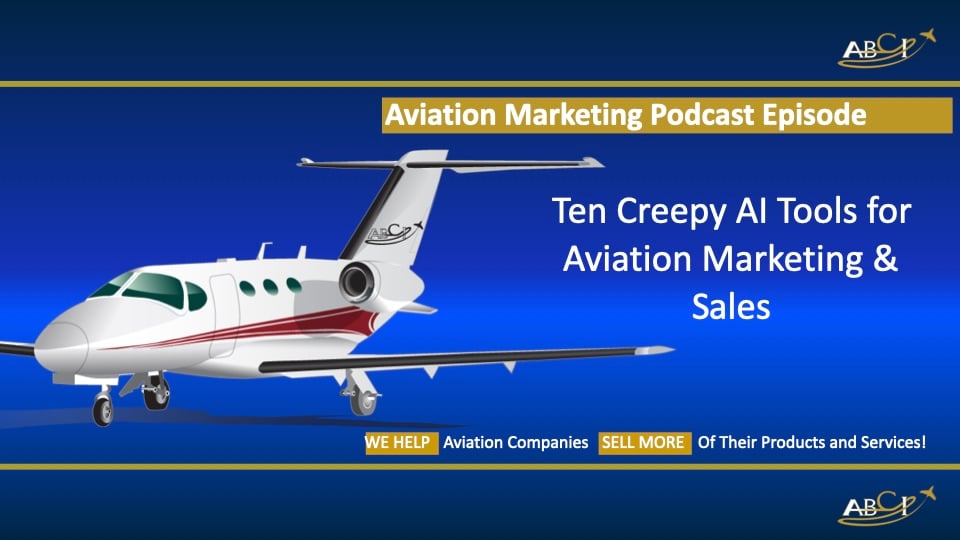

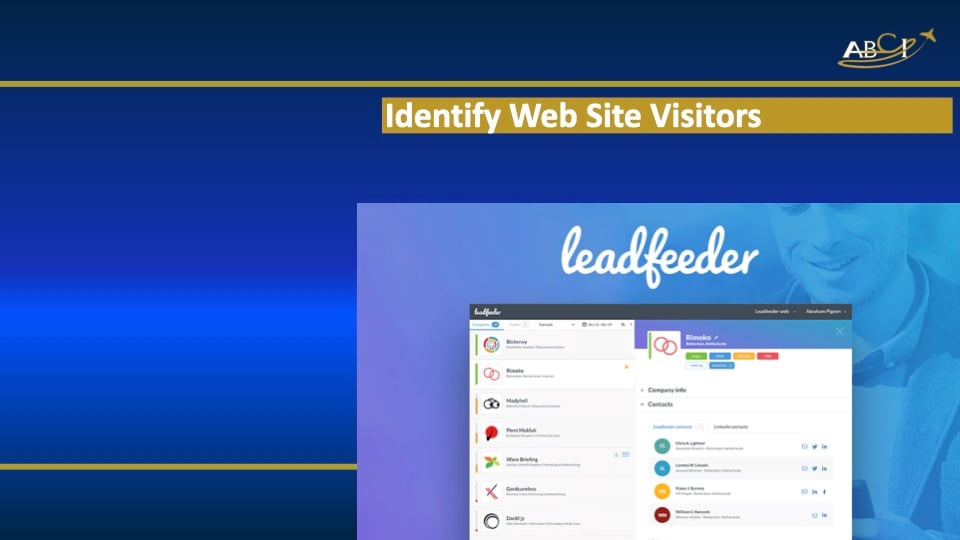

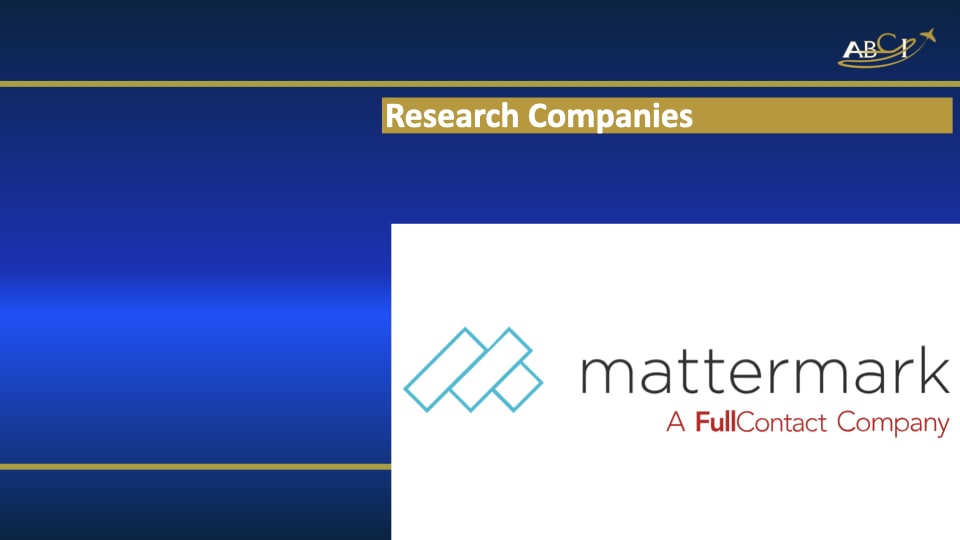
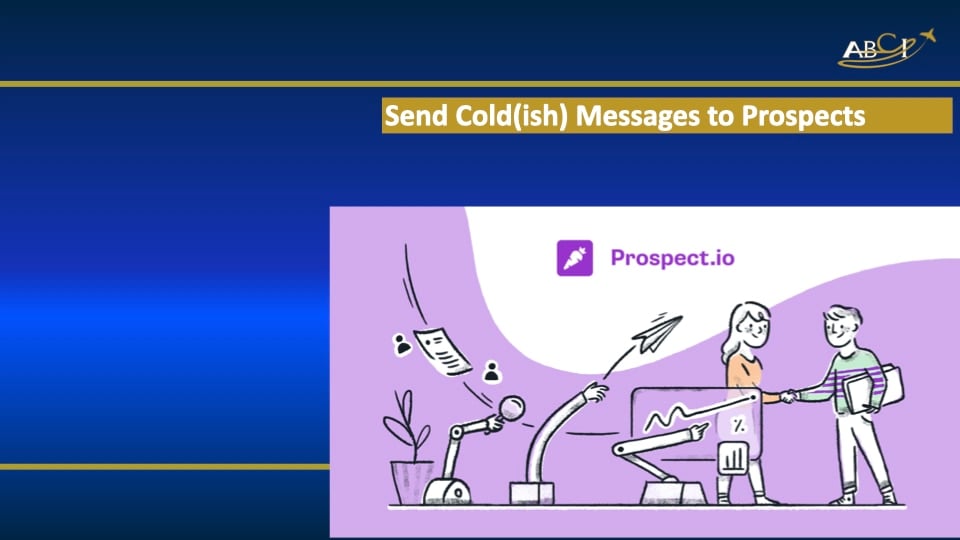


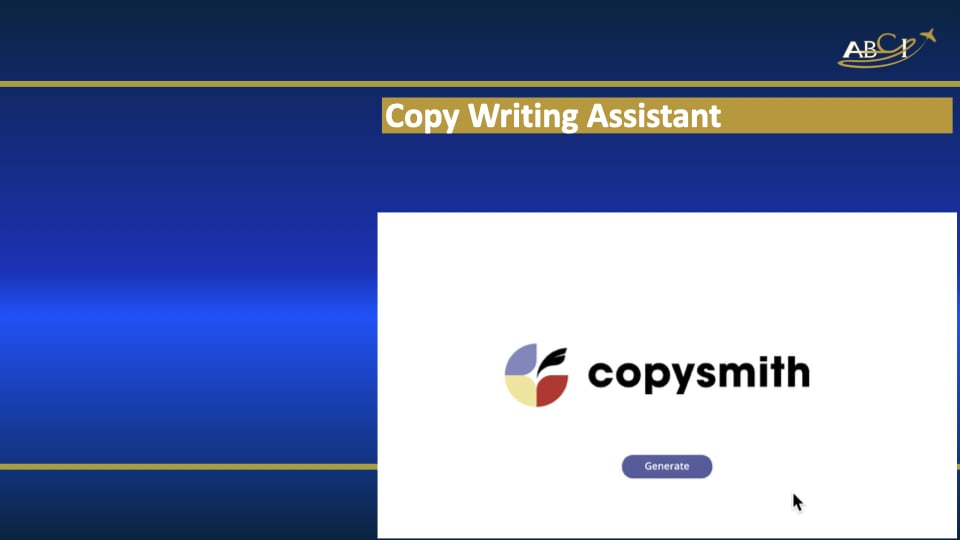
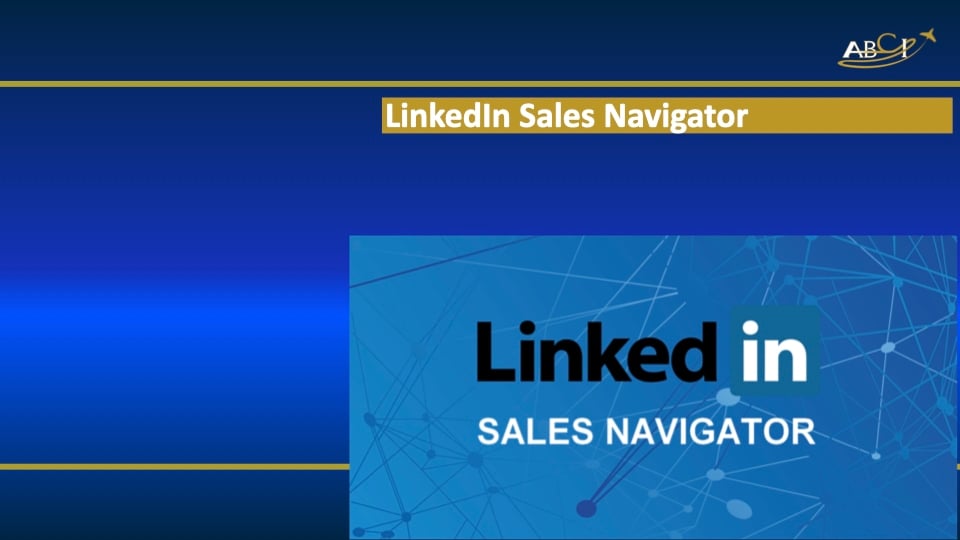

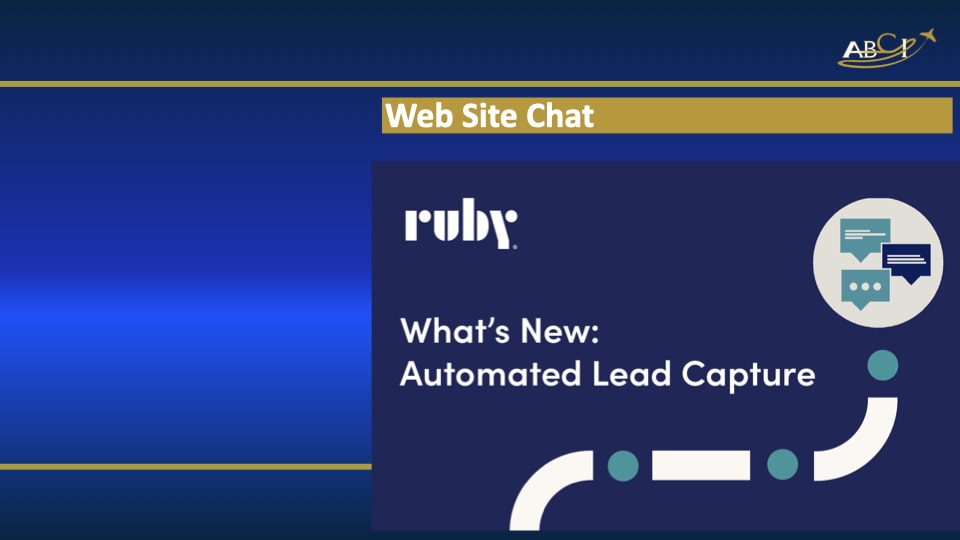

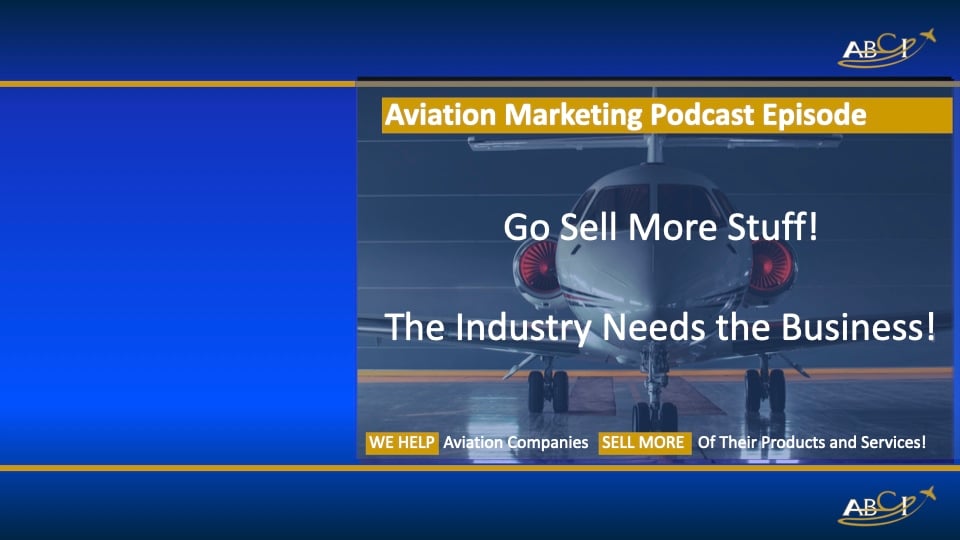



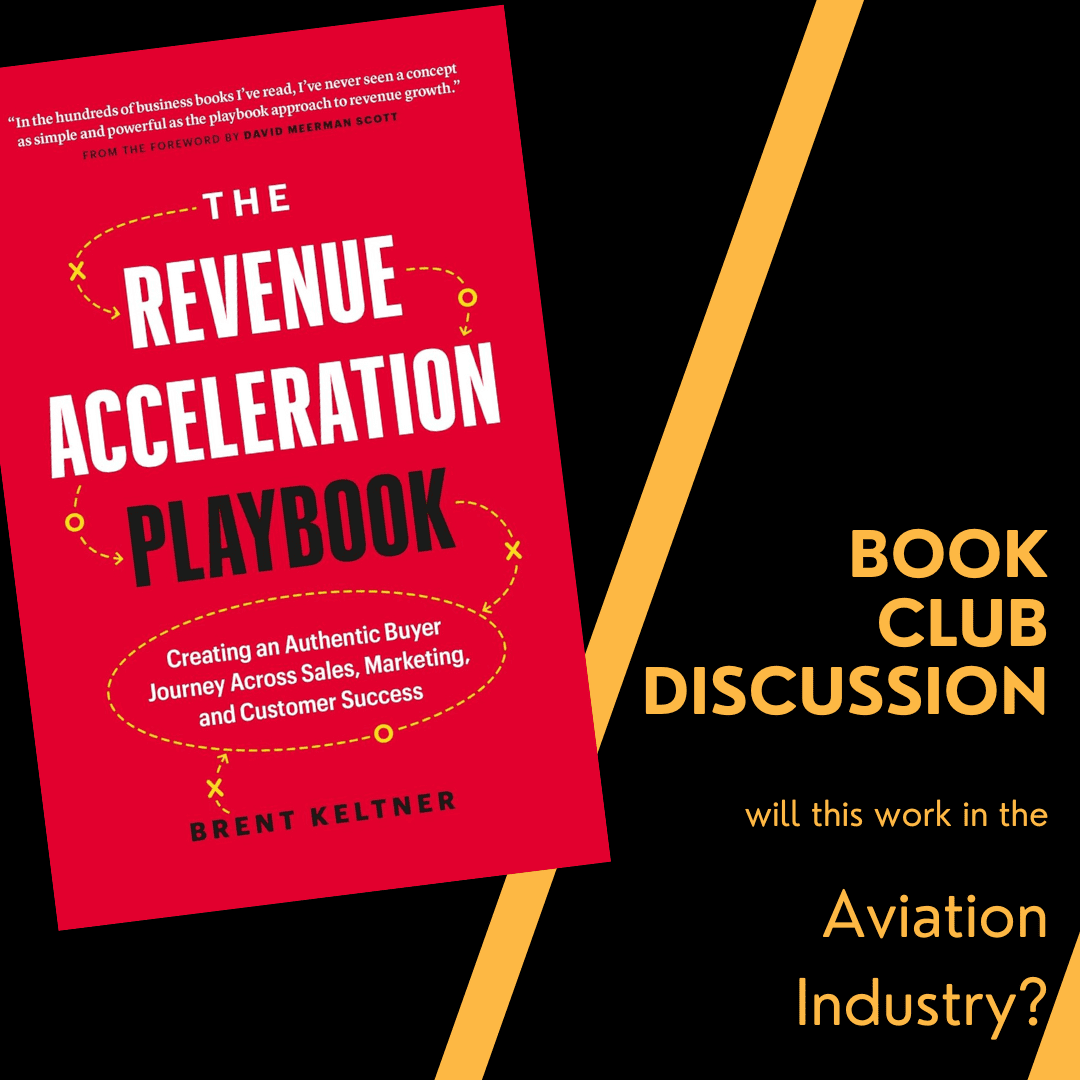
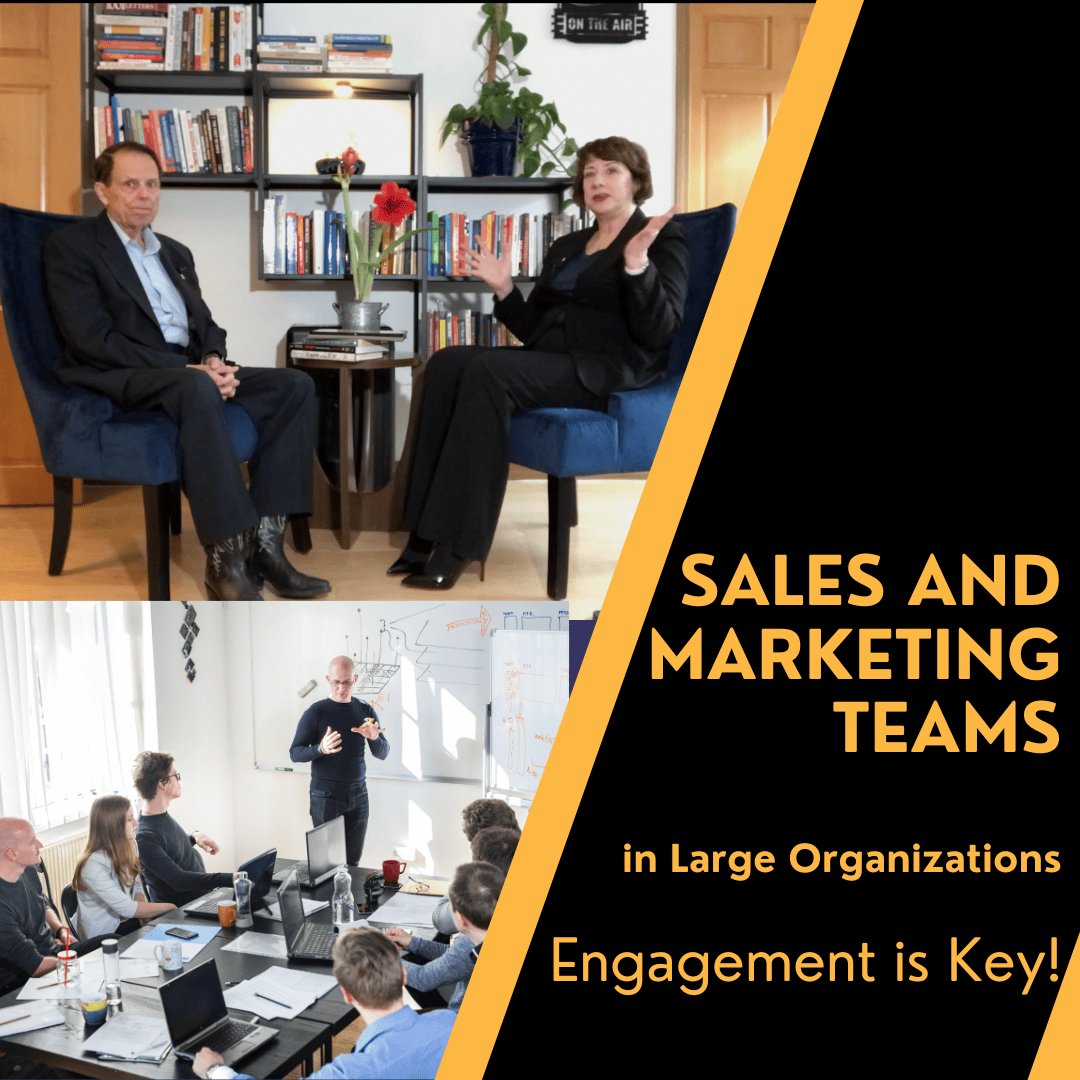
thanks for sharing your valuable information
such a fantastic content…good